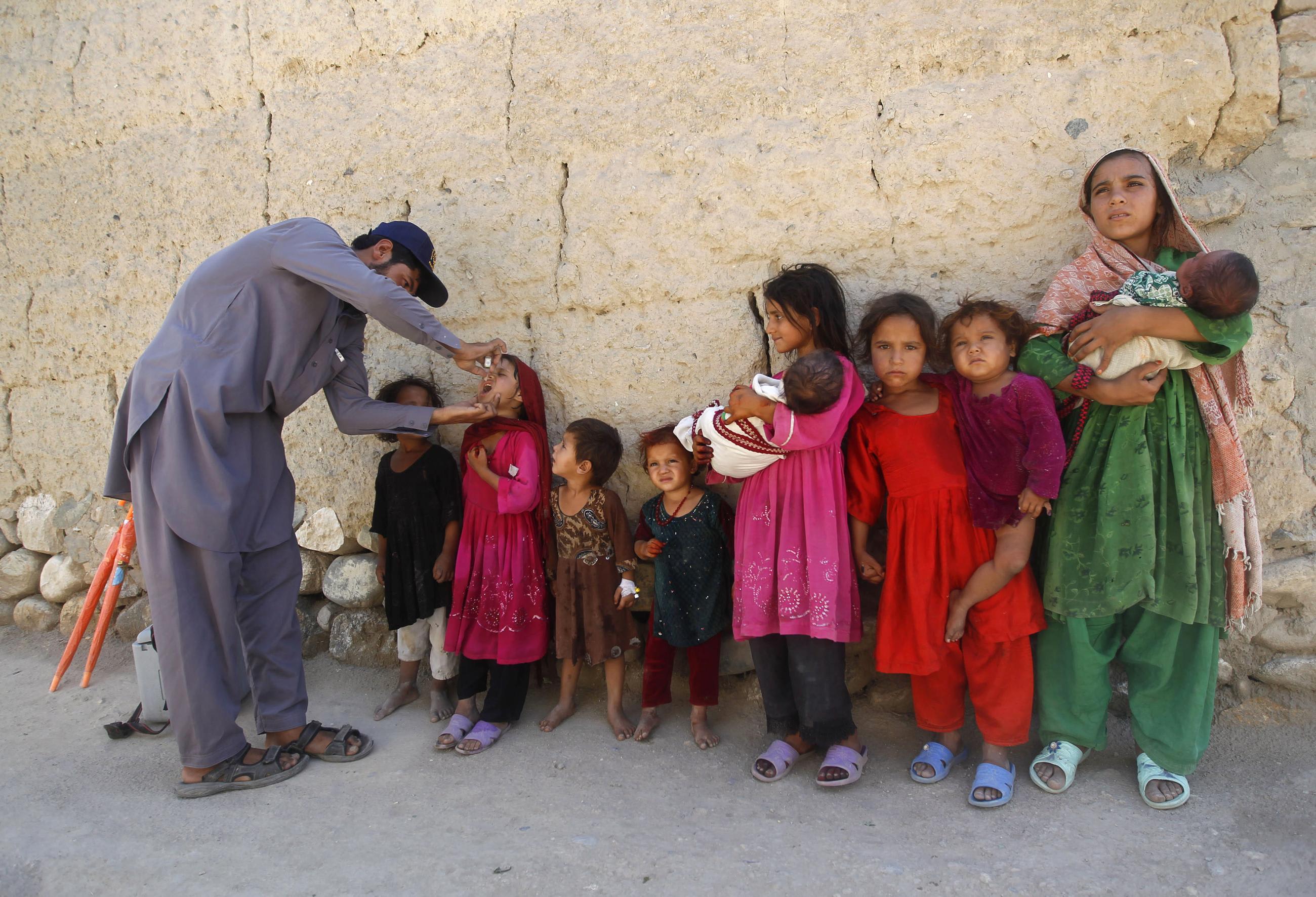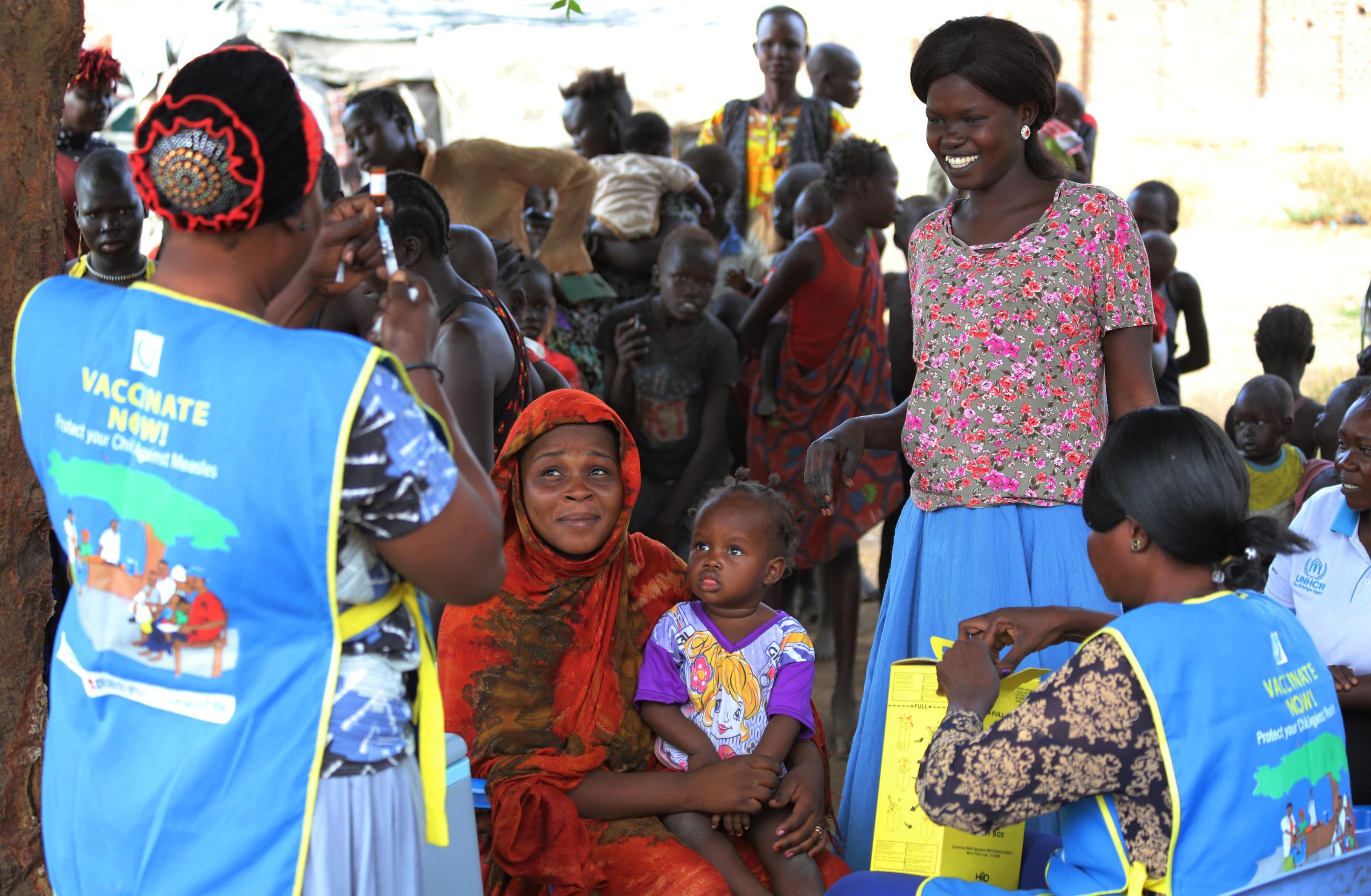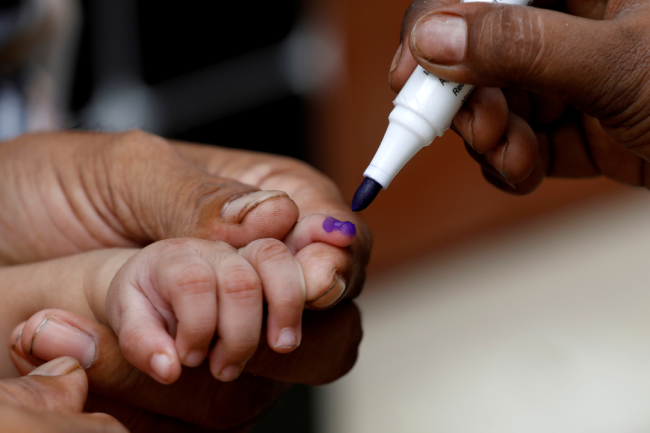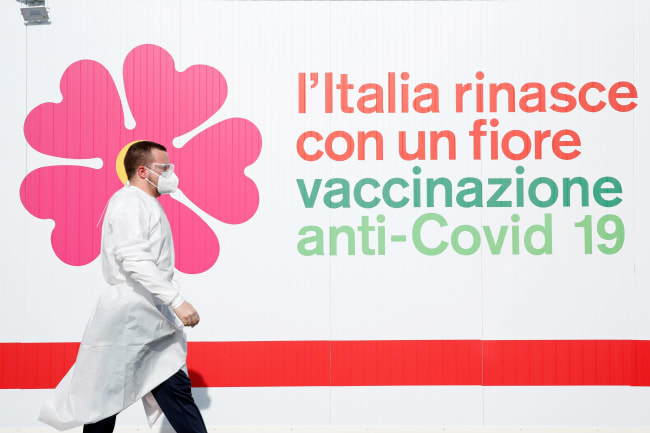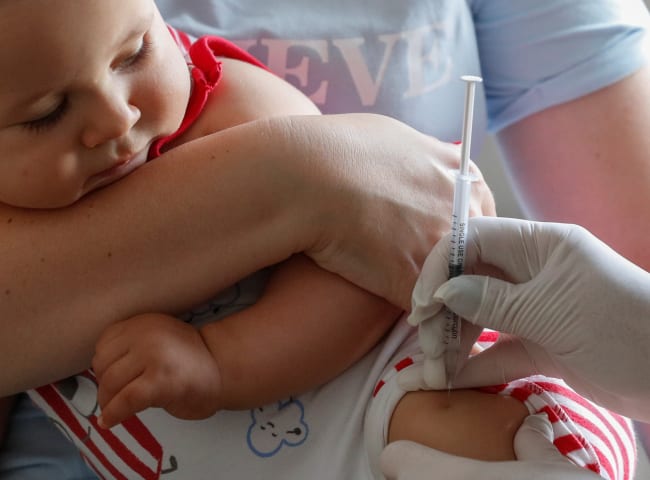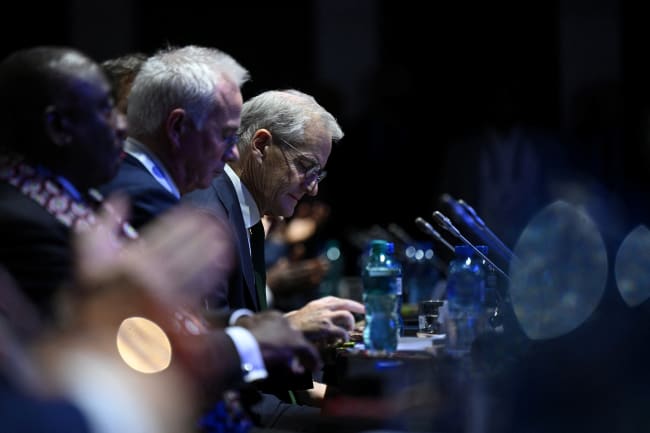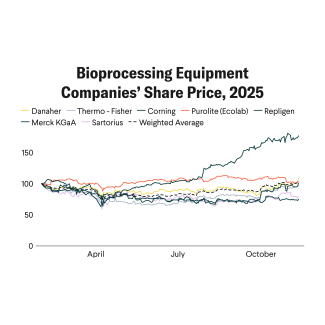Progress on global vaccination has slowed, according to a new study from the University of Washington's Institute for Health Metrics and Evaluation (IHME). Although countries made significant headway after 1980, vaccination coverage overall has not returned to prepandemic levels, leaving communities vulnerable to surges of diseases such as measles and polio. The study's findings were confirmed by a July 15 report from the World Health Organization (WHO), which found that estimated vaccine coverage declined in 2023 and recovered slightly in 2024—but not yet to the 2019 baseline.
Alongside major pandemic-era disruptions to vaccination programs, several political and social factors have widened existing inequities across the globe, including growing conflict, economic uncertainty, vaccine hesitancy, and climate-related disasters. Most recently, the termination of the U.S. Agency for International Development (USAID), the American withdrawal from the WHO, and the U.S. retreat from Gavi have threatened efforts to regain lost momentum on vaccination.
Given the trend, achieving targets set forth by the WHO's Immunization Agenda 2030—including reaching 90% coverage for key vaccines and halving the number of children who have never received a vaccine—will be unlikely without renewed political will and resources, according to Jonathan Mosser, the study's senior author.
Think Global Health spoke with Mosser and the study's lead author Emily Haeuser to learn more about its findings and what lies ahead for immunization campaigns.
This interview, conducted over Zoom, was lightly edited for clarity.
□ □ □ □ □ □ □ □ □ □ □ □ □ □ □ □
Think Global Health: Please walk us through your key findings. What stood out to you the most?
Jonathan Mosser: We used statistical models to estimate coverage of 11 childhood vaccines in 204 countries and territories between 1980 and 2023. We then built on that framework to estimate the impact of the COVID pandemic on immunization coverage and track progress toward several global targets set for 2030. We forecast coverage of several key vaccines and assess the progress needed to reduce the number of unvaccinated children by half by 2030.
In the long view, these results show the tremendous success of global vaccination programs. Vaccine coverage against diseases like measles, polio, and pertussis [whooping cough] more than doubled between 1980 and 2023. The number of children who never received a routine childhood vaccine, whom we call zero-dose children, fell by 75% over this time. Overall since 1980, more than 4.4 billion children have benefited from the protection of some of these childhood vaccines thanks to the efforts of the global vaccination community.
What we also found was that more recently, progress had stalled, especially in the Americas and high-income countries. Between 2010 and 2019, even before the COVID pandemic, measles vaccination coverage declined in almost half of countries. The COVID pandemic then put extraordinary pressure on health systems. It disrupted supply chains and limited access to all health services, but especially immunization.
We estimated that between 2020 and 2023, more than 15 million children missed out on key childhood vaccines because of the pandemic. We also found that the pandemic's impact was disproportionately concentrated in regions that had lower vaccine coverage to begin with, such as in sub-Saharan Africa and South Asia, and then also in some regions that had already had stalling vaccination coverage before the pandemic, such as Latin America and the Caribbean.
The pandemic reversed decades of progress in reducing the number of zero-dose children, which increased from 14.7 million before to 18.6 million during the pandemic. By 2023, the number fell back down to 15.7 million, which was an improvement, but one that indicates that global coverage hasn't returned to where it was before the pandemic.
As a result of these trends, we found that the world is not on pace to reach key targets set for 2030, including achieving 90% global coverage of several vaccines that are given across the course of life, and reducing the number of zero-dose children.
Think Global Health: Any positives?
Jonathan Mosser: Some areas show promise. We estimated very large disruptions to vaccination due to COVID-19, but they're smaller than we thought we might see when we initially looked at this during the first months of the pandemic.
This finding indicates the tremendous work by members of the global immunization community to continue providing immunizations and make sure that these disruptions were not as large as they otherwise could have been. We found that coverage has rebounded to pre-pandemic levels for select vaccines and regions [including third-dose diphtheria-tetanus-pertussis in central Europe, eastern Europe, and central Asia and third-dose polioin south Asia], and numerous countries have had success in providing vaccines to children who missed out on them during the pandemic.
The big takeaway is that the world is at a pivotal moment when it needs to renew global commitments to immunization as one of the most powerful public health tools of all time.
Think Global Health: Which other factors could have contributed to the recent slowdown in coverage, and what steps can countries take to regain progress?
Emily Haeuser: The drivers vary country by country and community by community, and can include vaccine hesitancy, conflict, and climate change. A single factor is hard to name as being a consistent driver across all locations. Each country and each community need contextually driven, locally supported interventions to improve vaccine coverage.
Jonathan Mosser: In the short term, the slowdown is an extension of long-standing inequalities in global immunization coverage.
We're only looking at national level disparities and coverage, but important disparities exist within countries as well, including geography and socioeconomic status. It's valuable to understand the precise mix of drivers in each location and produce tailored solutions. The last several months have featured shifts in the global immunization funding landscape, including withdrawals by some major donors from organizations such as Gavi. Economic uncertainty and these funding shifts pose an additional risk to achieving the ambitious 2030 targets. Past successes have been a result of a shared global understanding that immunization is a key part of public health.
Think Global Health: What's next in terms of tracking global immunization toward 2030? Any limitations you hope to address?
Jonathan Mosser: We didn't have estimates for some vaccines that are important indicators for tracking progress. The human papillomavirus (HPV) vaccine, for example, is not included in these estimates. Historically, there hasn't been much HPV data from surveys, and the vaccine is given later in life via school-based settings, unlike other vaccines. A big area of future work will be identifying the best ways to estimate coverage of HPV, as well as many other vaccines that are given outside the usual routine childhood schedule and even into adulthood. Another area will be to understand better the geospatial differences, where pockets of higher coverage and lower coverage remain within countries.
Our analysis also did not incorporate the impact of recent changes in the immunization funding landscape. That will be crucial in the coming years to understanding how those changes influence people's ability to access and be protected by vaccines.
Catch-up vaccination is also particularly hard to measure. Countries are reporting vaccines given to children at the target age for immunization, but when disruptions such as the COVID pandemic can lead children to be vaccinated through catch-up programs a little bit later in life. Fewer robust data sources are available to estimate catch-up immunization. Of course, a vaccine that's given on time protects a child for longer than one that's given late, but catch-up vaccinations make sure those children don't go through the rest of their lives being susceptible to disease.
Emily Haeuser: I would add that a particular interest post-COVID is to understand who was reached by catch-up efforts. One additional limitation to our study is that estimates are built on a statistical model driven by the available data sources about vaccine coverage, and the distribution of data sources across countries is variable. Some places with less data are also the same places facing great disparities and inequities in vaccine coverage.
Jonathan Mosser: On the data side, the Immunization Agenda 2030 and other global strategic plans emphasize the importance of strengthening country data systems, which is critical. Stronger data systems that produce accurate coverage estimates can reduce reliance on modeling analyses and generate real-time information that can be used to track progress on immunization around the world.
